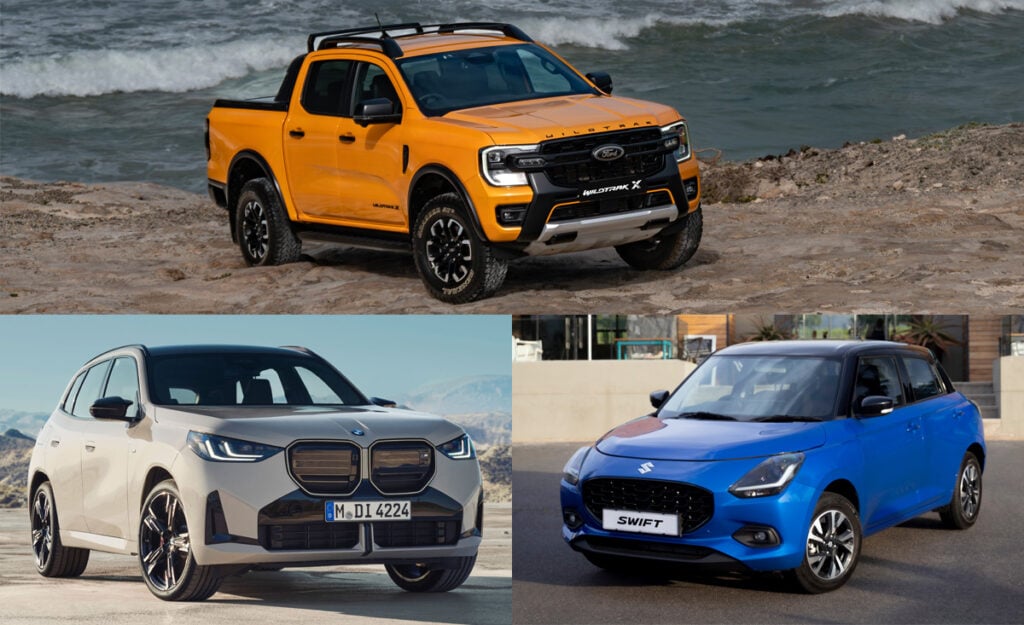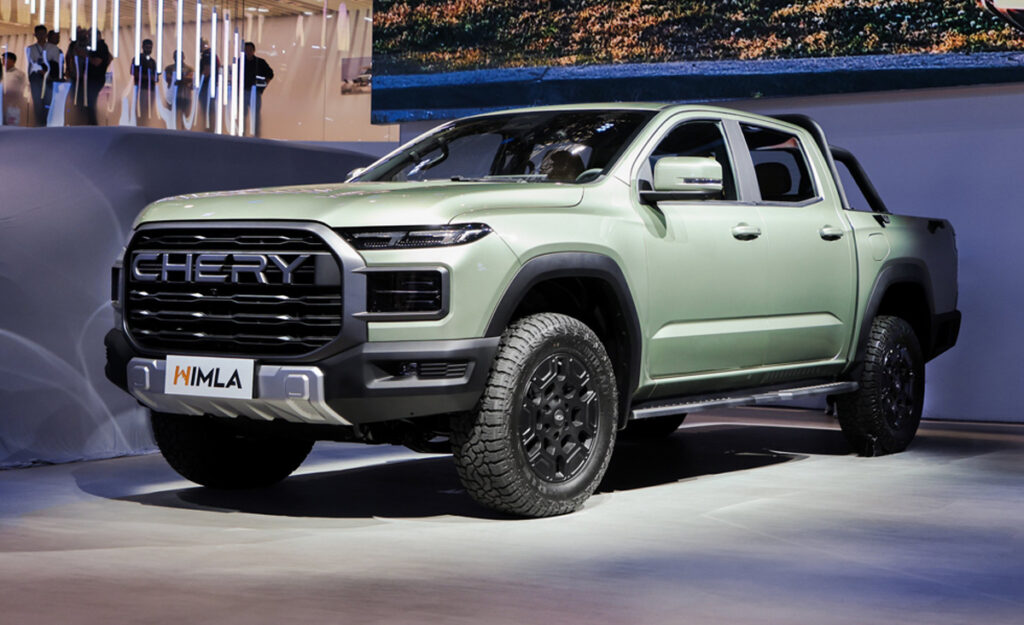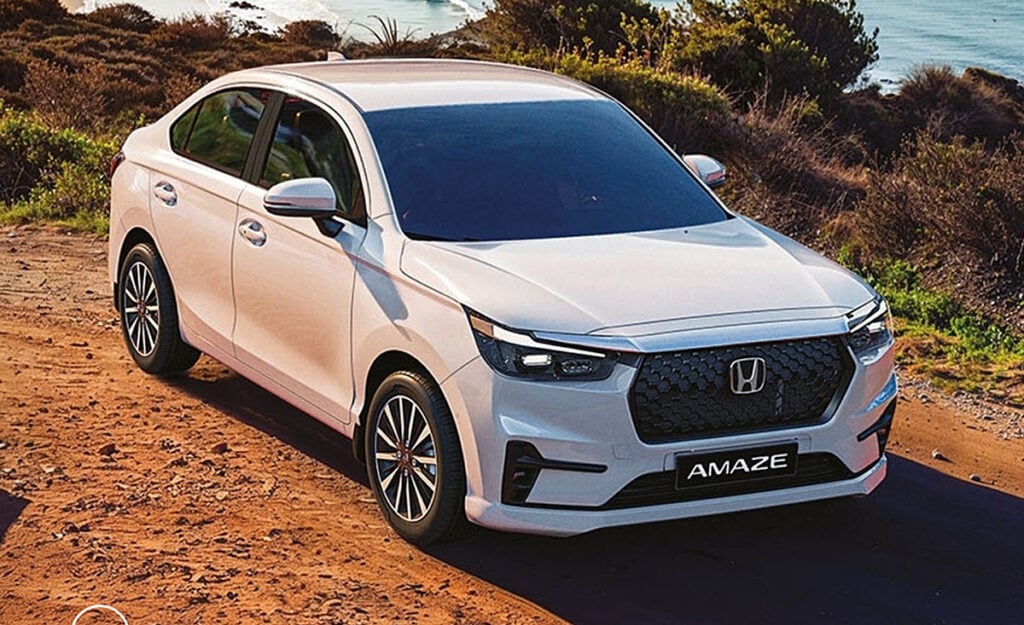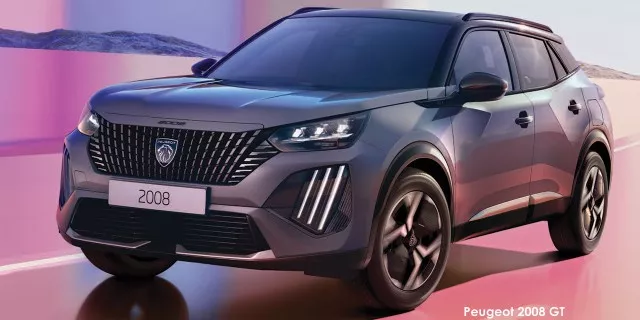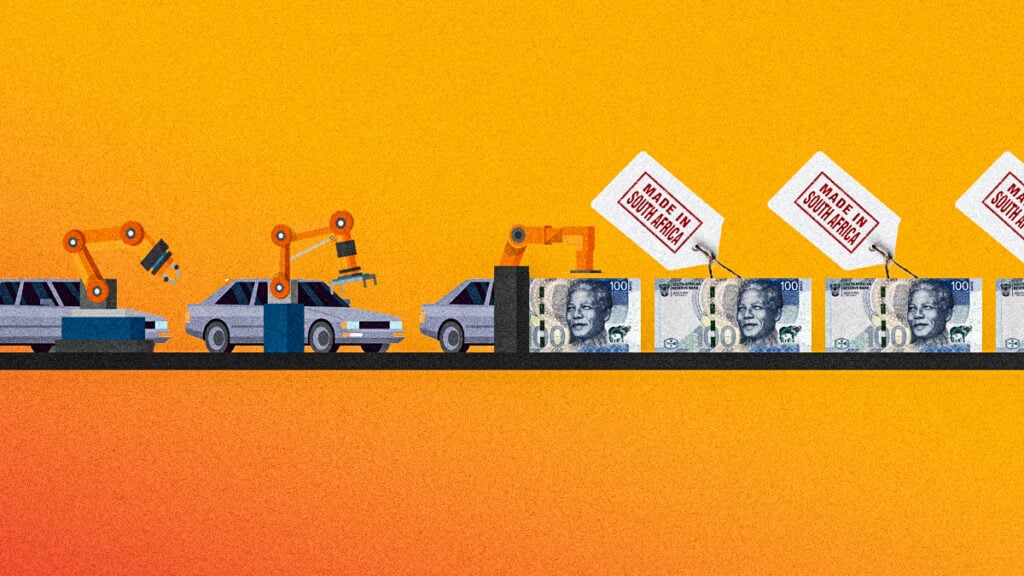
South Africa has all the skills and resources required to produce its own cars for a substantially lower price than anything else available today.
At present, there are over seven vehicle factories in South Africa assembling everything from budget-oriented hatchbacks and luxury sedans to adventure SUVs and 4×4 bakkies.
While they certainly contribute to the economy in a meaningful way, none of these companies were established within our borders.
They merely invested in South Africa because it made business sense when they did it, nothing more, nothing less.
Building their cars locally have undoubtedly led to lower price tags, however, the fact that these Original Equipment Manufacturers (OEMs) hail from other countries mean we are not reaping the full benefits of their domestic presence.
Global supplier networks and restrictive operating contracts mean that the separate divisions of a particular carmaker can’t simply use any supplier they have access to.
They must follow strict procurement guidelines and use approved purveyors, many of which are overseas, which generally drives up production costs.
Case in point, the average localisation rate of parts in South African-made vehicles currently sits at 40%.
This means that less than half of the components in locally made cars are sourced from South African suppliers.
While there are plans in place to grow this percentage, it will never get as close to what it can be in a car that is 100% homegrown.
The seven OEMs currently assembling vehicles in South Africa comprise:
| Brand | Locally produced model |
|---|---|
| BMW | X3 |
| Ford | Ranger, VW Amarok |
| Isuzu | D-Max |
| Mercedes-Benz | C-Class |
| Nissan | Navara |
| Toyota | Corolla Cross, Corolla Quest, Fortuner, Hiace, Hilux |
| VW | Polo, Polo Vivo |
It’s also worth mentioning that Chinese nameplate BAIC builds the X55 crossover in the Coega Special Economic Zone in the Eastern Cape.
Likewise, Mahindra assembles the Pik Up bakkie in Durban, KwaZulu-Natal.
The crucial distinction between these two OEMs and the other seven is that they build semi-knockdown (SKD) cars while the others do complete knockdown (CKD) units.
SKD refers to when a partially built vehicle is shipped from overseas in boxes to be fully put together on local soil.
CKD is when a vehicle is assembled from scratch in one factory.
A South African success story

Auto industry veteran Michael Pashut, owner of ChangeCars, maintains that South Africa could benefit greatly from producing its own vehicle.
The country already has numerous automotive component suppliers who are more than capable enough to provide a government-backed car brand with all the necessary parts.
Likewise, South Africa clearly possesses the skills and infrastructure to support automotive production, as evidenced by the seven international OEMs with operations on local soil.
Yet, it’s not taking advantage of these resources for reasons unbeknownst to the public.
“A South African OEM would be able to source parts so much cheaper than having to import it or buy it from factories overseas,” said Pashut.
He also noted that it doesn’t have to be a high-end SUV, capable bakkie, or family-friendly MPV, but a small, affordable car for the masses.
“We need to produce a car in South Africa that’s got a 1.2-litre, normally aspirated engine, that has got airbags, and that is safe to drive,” he said.
“If we just built that car in South Africa, I promise you [it would cost] R140,000 in today’s market.”
This is noticeably more affordable than anything on sale right now, as the country’s cheapest car, the Toyota Vitz, goes for R178,900.
Pashut also emphasised that the homegrown car won’t impact the market share of established OEMs in South Africa.
As such, government will be able to maintain its relationships and continue fielding investments from these companies.
“You don’t need to take away market share from Toyota, you don’t need to take away market share from Suzuki,” he said.
Instead, a person who couldn’t afford said Toyota or Suzuki can now afford that South African-made car which is R40,000 cheaper.
In turn they can get more access to opportunities, and consequently be positive contributors to the economy.
“We’d love to see it happen,” concluded Pashut.
“We need to create jobs in this country, we’ve got all the industries, let’s do it.”
